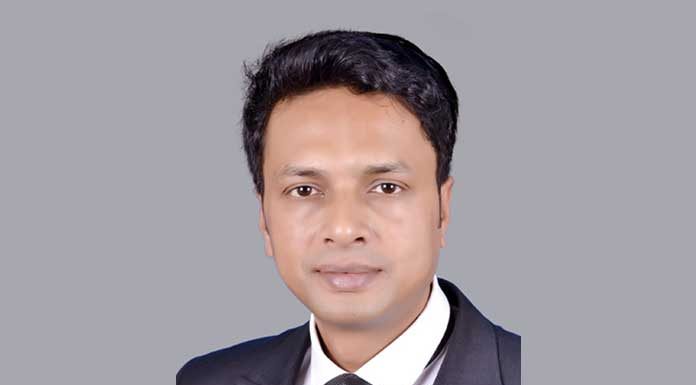With smart homes becoming increasingly commonplace by the day, the term remote accessibility is now more relevant than ever. Thanks to the rise of new technologies like AI (artificial intelligence), ML (machine learning) and IoT (Internet of Things), the ability to control your home appliances is no longer a considered a far-fetched idea. What was once just possible in the realms of fiction, has now become a reality. The advancements made in the field of home automation has opened several avenues, allowing us to live like The Jetsons. While the practicality of remotely accessible smart devices is still argued, the advantages are plenty – from energy conservation to enhanced security.
The rise of remote-controlled homes
If we go back a couple of decades, remote accessibility was the buzzword in the corporate sector. At that time, the term simply referred to as the ability to control business from anywhere. However, today, remote accessibility is synonymous with smart homes. In 2010, Tony Fadell (better known as the designer of iPod) launched his own company “Nest” to build cutting-edge, Wi-Fi enabled smart devices including smoke alarms and thermostats. Things picked up the pace when SmartThings, an app to monitor and control smart devices, home appliances, TVs, and speakers registered on the server in 2012. Within the next couple of years, the smart home revolution was in full swing. With Taiwanese tech giant Samsung acquiring Nest, and other major players Dell and Intel venturing into the market, the Open Interconnect Consortium was created; an industry standard to define connectivity requirements for the billions of IoT devices that are present today.
The next big thing in the home automation industry was the arrival of AI-based smart speakers like Amazon Echo devices, Google Home and the more recent HomePod by Apple. Along with smart speakers, other connected devices including robotic cleaners, smart lights, automated dishwashers and smart locks have become indispensable parts of easy-to-control smart homes.
Convenience and safety
Convenience is a major factor behind the increased demand for remotely accessible smart devices. In today's fast-tracked world, where people are always on the go, these connected devices have enabled them to save their precious time. Take, for example, people can pre-heat the oven before leaving work so by the time they reach home, it is ready to use. In the age of instant gratification, remote accessibility has emerged as the ultimate solution.
Safety is another driving factor facilitating the growth of the home automation market. Live video monitoring, motion sensing cameras equipped with night vision technology, digital locks, smart alarms are amongst the range of electronic gadgets that are designed to enhance the overall security of a house. There are also features such as intrusion sensors, fire and gas-leakage detection systems, which send instant alerts to people on their phones in case of any mishaps.
Home automation in India
The home automation industry has been growing steadily over the past few years. According to data, the home automation industry is expected to have a market value of Rs. 32,000 crore by the end of 2030. In addition to metro cities like Delhi, Mumbai and Bangalore, the interest towards smart home appliances is increasing in tier-2 and tier-3 cities as well. While the adoption has been rather slow in India in comparison to the developed countries, more and more Indians are now considering adding a smart twist to their house on the back of safety, convenience and comfort. And, with manufacturers now coming up with various kinds of smart home products, it won't be long before the entire country grows to accept the change.
The author is Director and COO at Puresight Systems











